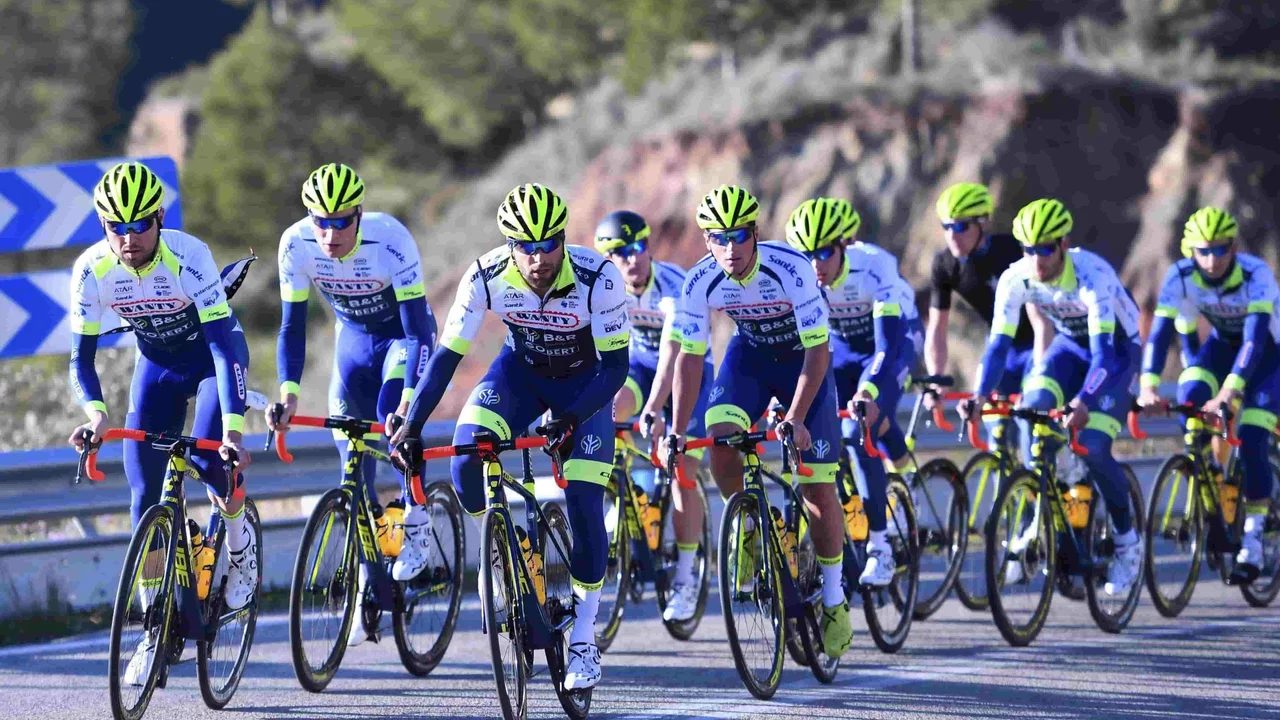Urban Environment Cycling: Practical Tips for City Riders
Riding a bike in a city feels different from a country road. There are cars, crowds, lights, and tight corners. But with the right approach you can enjoy fast, cheap, and healthy trips every day.
Choosing Gear for City Streets
First, pick a bike that fits the urban vibe. A lightweight hybrid or a sturdy commuter bike works best. It should have a comfortable saddle, upright handlebars, and reliable brakes. If you face a lot of hills, consider a bike with a few gears to keep pedaling easy.
Next, think about safety gear. A bright helmet is a must – it protects you and makes you visible. Clip‑on lights on the front and rear help you see and be seen, especially at dusk. Reflective strips on your jacket or shoes add another layer of visibility.
Clothing matters too. Breathable, stretchy fabrics keep you cool and let you move freely. If you ride in rain, a waterproof jacket and shoe covers prevent getting soaked. Carry a small repair kit – a spare tube, tire levers, and a mini pump – so a flat doesn’t ruin your day.
Staying Safe in Urban Traffic
Plan your route before you leave. Use bike lanes, quiet streets, and paths that avoid heavy traffic when possible. Apps and city maps often show dedicated cycling routes; check them out.
When you’re on the road, follow the same rules as motorists. Stop at red lights, signal turns with hand gestures, and always look both ways before crossing. Keep an eye on car doors opening and pedestrians stepping off the curb.Stay predictable. Ride in a straight line, avoid sudden swerves, and keep a steady speed. If you need to pass a car, do it from the left side (or the side the local traffic rules allow) and give plenty of space.
Watch out for common urban hazards: potholes, gravel, and slick leaves. Slow down when you see them and choose a smoother line if you can. Loose gravel can cause a slip, so keep your tires properly inflated – not too soft, not too hard.
Night rides need extra care. Use bright lights, wear reflective gear, and choose well‑lit streets. Even if you feel confident, a car’s driver may not see you, so make yourself as visible as possible.
Finally, trust your instincts. If a situation feels unsafe, pull over and wait or find an alternate path. Riding in a city is a skill you improve each day, and the more you practice, the smoother it gets.
Urban cycling gives you freedom, saves money, and keeps you fit. With the right bike, gear, and habits, you’ll handle traffic, weather, and crowds like a pro. So grab your helmet, check your lights, and hit the city streets with confidence.
Alright, my lovely townie-racers, here comes the downside of our two-wheeled adrenaline rush. First off, our sweet towns aren't built for the Tour de France, so expect a lot of traffic disruptions and road closures. Then, there's the safety aspect - dodging Mrs. Johnson's poodle or little Timmy's flying soccer ball is a unique urban challenge! Not to forget the hefty costs for town councils to organise such events, transforming our peaceful streets into a makeshift racecourse. Lastly, the environmental impact can't be ignored. We're talking litter, noise pollution and the carbon footprint of those not-so-green support vehicles. So, let's tread lightly on those pedals, folks!
Continue reading...
